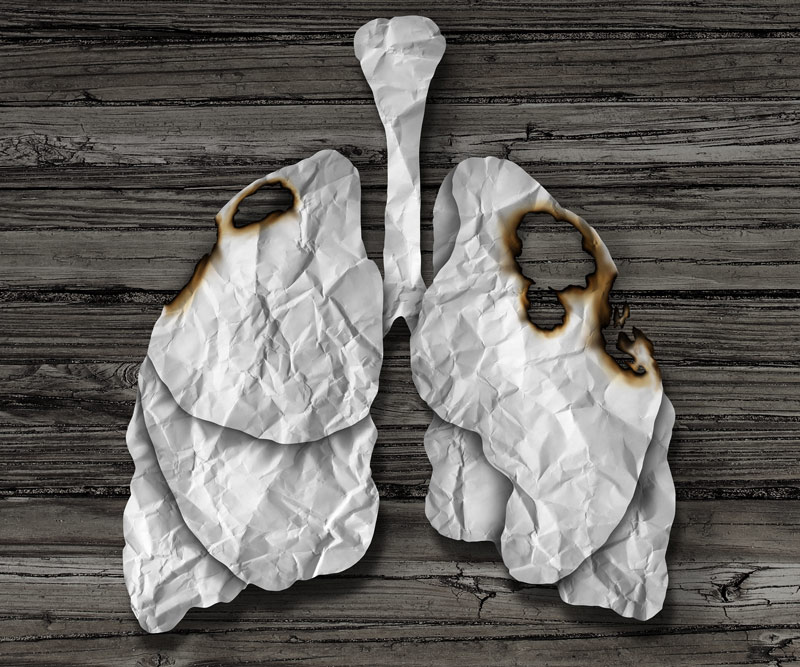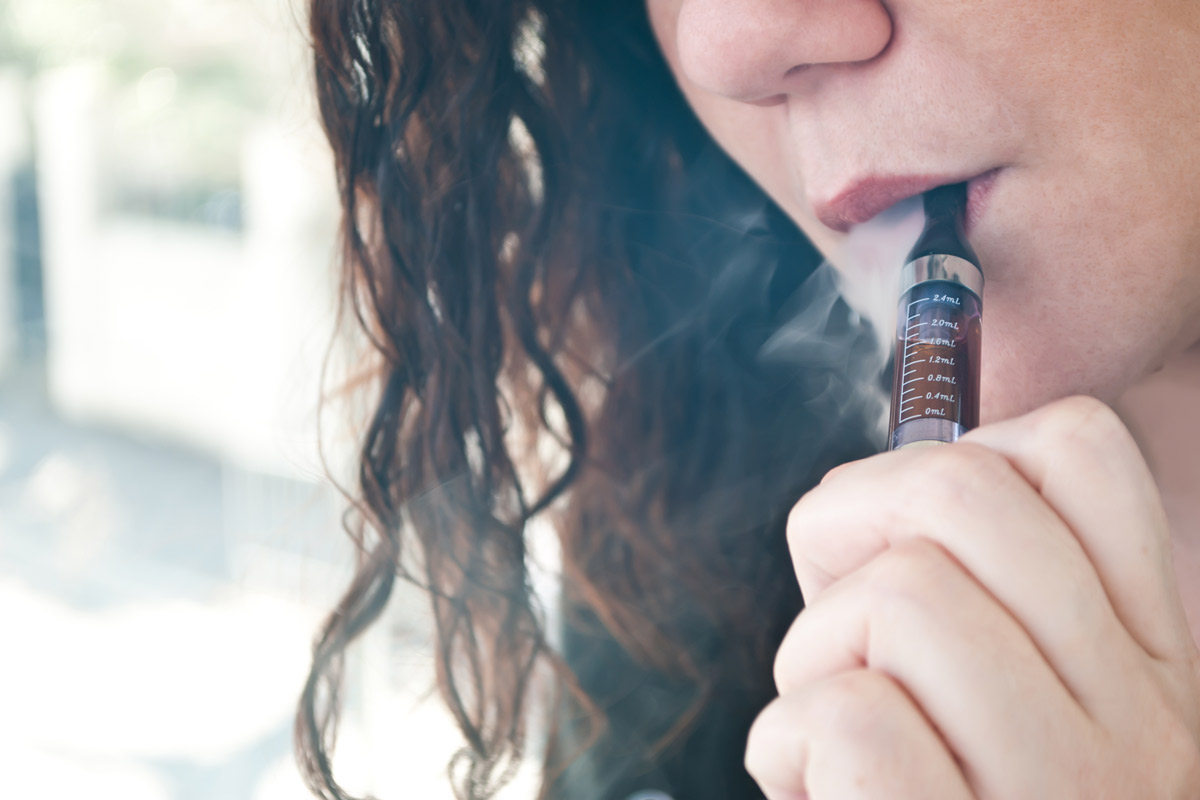
The Not-So-Hidden Dangers of Electronic Smoking Devices
We’re not blowing smoke here – e-cigarettes and related electronic smoking devices may be as deadly as traditional cigarettes.
E-cigs have been sold in the United States since 2007 as a means to help smokers kick their reliance on tobacco.
Unfortunately, the devices have kicked off a new craze among teens and kids, with more than 3.6 million teens reportedly hooked on vaping, according to the Federal Drug Administration.
Though e-cigs and other related devices are promoted as a safe alternative to tobacco-containing products, a string of recent severe lung illnesses has been traced back to vaping liquids.
What started as a handful of cases in Wisconsin and Illinois in late July 2019 has grown to involve more than 450 people in 33 states, including Hawaii, and the Virgin Islands who report severe pneumonia-like symptoms, shortness of breath, coughing, fever, fatigue and respiratory failure.
As of September 2019, six deaths have been tied to the epidemic.
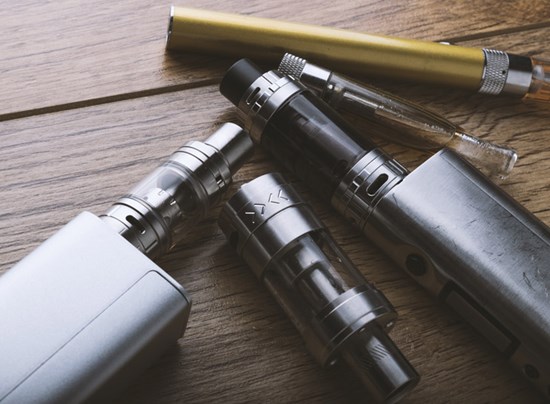
While officials hunt down the cause of the outbreak, doctors say these cases are just the latest pieces of a bigger problem.
“Unfortunately, what we’re seeing now is what happens to people who inhale aerosolized toxins that are in e-cigarettes,” says Dr. Bryan Mih, a pediatrician at Kapiolani Medical Center for Women & Children.
Mih serves as medical director for the Kapiolani Smokefree Families Tobacco & Nicotine Cessation Program, a role he has held since 2010.
He also is on the executive committee for the Section on Tobacco Control for the American Academy of Pediatrics (AAP), is the Tobacco Control Chair for the AAP Hawaii Chapter, and is on the board of directors for the Hawaii Public Health Institute.
“E-cigarettes and vaping products are not completely benign,” Mih states. “What people are inhaling from e-cigarettes and other vaping products is not vapor – that’s a misnomer that the e-cigarette industry came up with. It’s actually a combination of aerosolized nicotine and propylene glycol. There is never anything that can be called a safe smoking device.”
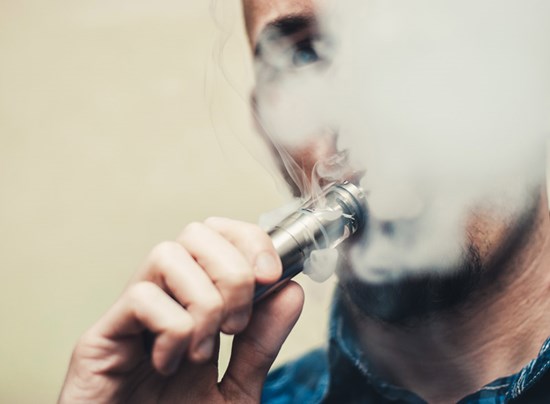
Where There’s Smoke …
Propylene glycol is a synthetic food additive that also is used as one of the main solvents in many electronic smoking and vaping devices to create those tell-tale fog clouds.
Although the substance has been approved by the Food and Drug Administration as safe for ingestion, Mih says that studies have shown that propylene glycol mixed with certain flavors can produce acetals, which are irritants to the airways and lungs.
“They’re calling this vaping-related illness – that’s a new term, a new disease,” says Dr. Sam Evans, a pulmonologist with Straub Medical Center.
“The flavors that they’re putting into these devices can cause a hypersensitivity reaction that manifests as acute lung injury, similar to ‘popcorn lung,’” Evans says, alluding to the condition bronchiolitis obliterans in which the lungs’ smallest airways are damaged as a result of inhaling a chemical used to flavor microwave popcorn.
They’re calling this vaping-related illness – that’s a new term, a new disease."
However, other chemicals can cause this lung injury, including those found in e-cigs and other smoking devices.
“We shouldn’t smoke anything – we don’t know the effects these chemicals have. There hasn’t been enough time to study the long-term consequences of these products,” Evans says.
One study conducted by scientists from Johns Hopkins Bloomberg School of Public Health did examine the e-cigarette devices of 56 daily users to investigate if there were any toxic materials present in the aerosol, e-liquid and tank of electronic smoking devices.
Their findings, which were published in Environmental Health Perspectives in February 2018, showed that a significant number of the devices generated aerosols with potentially unsafe levels of lead, chromium, manganese and/or nickel.
“Chronic inhalation of these metals has been linked to lung, liver, immune, cardiovascular and brain damage, and even cancers,” Evans says, adding that researchers also detected significant levels of the highly toxic element arsenic in e-liquid refills as well as in the corresponding tank e-liquid and aerosol samples.

Playing with Fire
But the major ingredient of contention in e-cigarettes is nicotine.
“Nicotine is one of the most addictive products out there, and what’s dangerous about e-cigarettes is that you’re getting a higher concentration of nicotine than in regular cigarettes,” Mih says.
Side effects from nicotine use can include headache, nausea, stomach pain – we’ve even seen cases of seizures."
How?
Regular cigarettes carry a side effect called “throat burn” that occurs when the smoke is inhaled. Not so in e-cigarettes.
“On the pH scale, nicotine is a basic substance, and that causes throat irritation,” Mih explains. “In e-cigs, they add benzoic acid, which can make the nicotine more neutral in pH, so you get less throat burn. When you use any of these electronic smoking products, you can inhale a lot more nicotine and get a lot more into your system more quickly. When you get that much of a nicotine hit, you can get addicted faster.”
Though tobacco has long been depicted as the “bad guy” in traditional cigarettes, nicotine poses many villainous health risks of its own.
“Side effects from nicotine use can include headache, nausea, stomach pain – we’ve even seen cases of seizures,” Mih says.
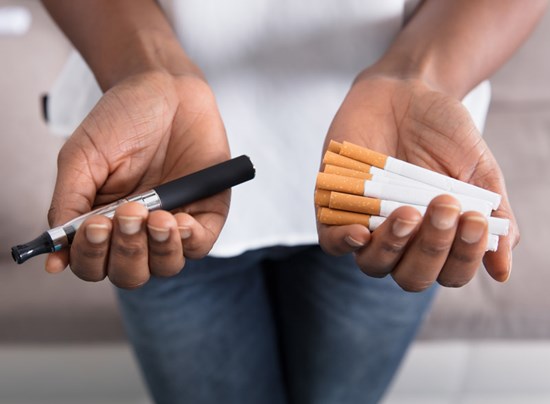
Nicotine use also is connected to:
- Lung diseases (chronic bronchitis, emphysema).
- Asthma symptoms.
- Cancers of the mouth, kidney, esophagus, pharynx, larynx, stomach, pancreas, cervix, ureter and bladder.
- Heart disease and heart conditions, including stroke, vascular disease, heart attack and aneurysm.
- Early onset menopause.
- Increased risk of cardiovascular and cerebrovascular diseases in female smokers who take oral contraceptives.
Additionally, exposure to nicotine through secondhand smoke increases the risk for many diseases, including:
- Cardiovascular disease.
- Lung cancer.
- Asthma severity in children.
- Sudden infant death syndrome.
“Preliminary studies already show smoking e-cigarettes affects your airways by mimicking asthma,” Evans says. “Also, these devices themselves can cause burns and explode!”
Raising a New Generation of Smokers
Other studies show that young people who start vaping or JUULing are four times as likely to graduate to regular cigarettes later in life.
“We’ve seen a great increase in the rates of JUUL use since it came on the market a few years ago, and we’re seeing people use it at a younger age,” Mih says.
Nationally, nearly 12% of high school students and 3% of middle school students report using e-cigarettes regularly.
The average rate in Hawaii is more than twice that, with 26% of high school students who say they have used e-cigarettes and other related products more than once.
We shouldn’t smoke anything – we don’t know the effects these chemicals have. There hasn’t been enough time to study the long-term consequences of these products."
“Younger and younger people are smoking these things, and we don’t know the long-term consequences. Are they going to develop COPD earlier in life? In five years, will we see an increased rate of pancreatic cancer in this population? We don’t know,” Evans says.
“Using vap pens and e-cigarettes is becoming the norm,” Mih says. “If parents or anyone in the household use these products, children will see that and think this behavior is OK. It’s not.”

Mih urges anyone seeking assistance with smoking cessation to contact Kapiolani Smokefree Families.
Sponsored by Kapiolani Medical Center and the Hawaii Tobacco Prevention and Control Trust Fund, this free program offers quality cessation support regardless of insurance or ability to pay.
Free nicotine replacement therapy (i.e., patches, gum, lozenges) are offered to those who are eligible.
To schedule an appointment, call 808-983-6013 or email SmokefreeFamilies@Kapiolani.org.
Published on: September 13, 2019



